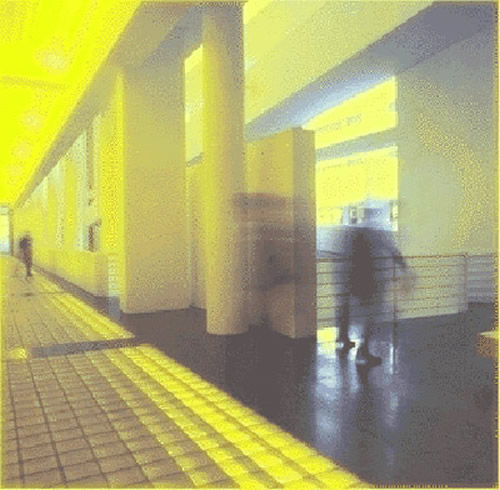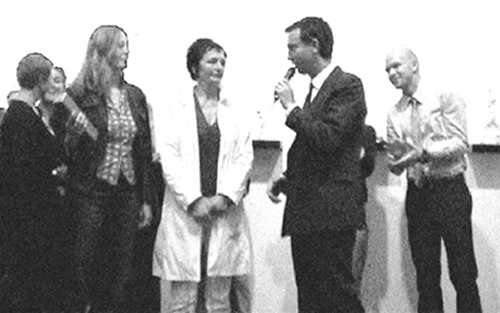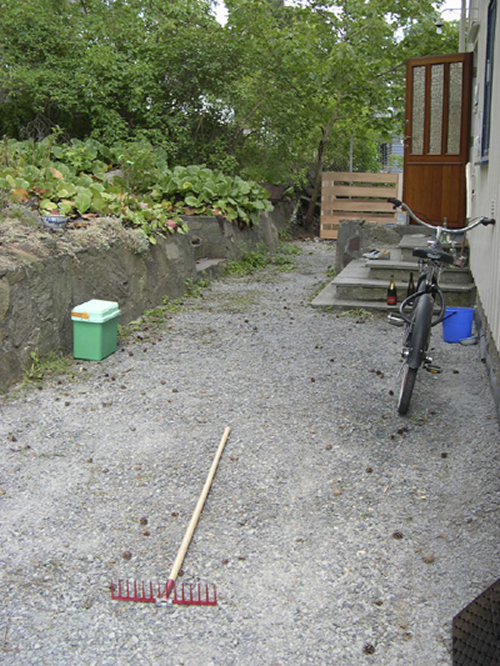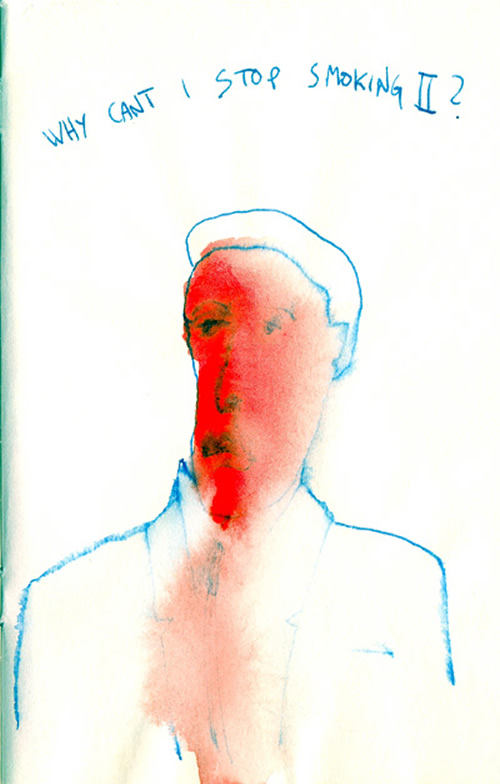Gardar Eide Einarsson
Towards the end of the 1950`s Guy Debord, inspired by descriptions of the flaneur`s leisurely strolls through the streets and arcades of 19th century Paris, presented his theory of the Dérive.
According to Debord, a dérive consists of one or more persons starting from a given point in the urban geography, and then drifting around, guided only by impulse and apparent coincidences. This activity is meant to ensure that the usual motives for movement in the city, such as work and purpose, give way. The dérive thereby opens up its participants to direct influence from their surroundings, and lets them be led by the signals emitted by these surroundings. To Debord and the situationists these signals constitute the “psychogeographical contours”(1) of the city, strong currents that normally remain hidden, but that to a large degree (as the dérive shows us) attract or repel us. In this way, the idea of the dérive functions to uncover the repressive structures of the city, and as a way of mapping and becoming conscious of the ways in which the modern city guides the movements of its inhabitants.
The dérive’s function as ”an experimental mode of behaviour (…) a technique for hastily passing through varied environments” (2) is underlined in Internationale Situationniste #1, and this description could in many ways also sum up some of the attitude that lies behind Terje Nicolaisen’s movements across and around the geography of the artscene.
Through his series of works Terje Nicolaisen relates to an artistic expression or tradition for a limited period of time, and then moves on to a seemingly completely different expression for his next series of works. This activity is characterised both by a will to become engaged and pulled along by the attractions and events of the landscape (here the artworld and different artistic strategies), and by a desire to retain the outsider’s ability for distanced observation. In many respects Terje Nicolaisen’s artistic practice thereby constitutes a dérive (or a series of dérives), where the concrete city is exchanged for the artworld. The shifts in artistic expression, and the changes of strategies, that characterise Nicolaisen’s series of works forms a parallel to Debord's descriptions of how the leisurely strolls from street to street and from neighbourhood to neighbourhood that make up a dérive functions as ”analysis of (…) the role of microclimates, of distinct neighbourhoods”. (3) Movement and experimentation seems in Nicolaisen’s work to form the basis for a methodology that stands in contrast to the linear development of a personal project that constitutes the norm in art.
It is exactly this deviation from linearity and purpose that marks the real insurrection both in the flanerie and in the situationist dérive. ”Man walks in a straight line because he has a goal and knows where he is going; he has made up his mind to reach some particular place and he goes straight to it.”(4) writes Le Corbusier in The City of Tomorrow, thereby describing the basis for his architecture and urbanism. The city is constructed to serve a specific purpose, and functions only as a place that connects the home, the shop and the workplace. The flaneur and the participant in a dérive emerges in direct opposition to this perception of the city-space as an arena purely intended for the necessary transportation that occurs between the (serious) activities that make up man’s life.
Corbusier's straight line is here replaced by a crooked and meandering line that no longer finds its main justification in reaching a specific next point. In spite of a different choice of tempo, both the flaneur promenading with a turtle on a leash and the participant in a dérive, who takes a taxi, not to get somewhere on time but just to take a taxi, express the same disrespectful attitude to the well laid and pompous plans of the city planner. Where one is expected to spend all one’s energy on reaching the designated goal (Corbusier`s “particular place”) in the most effective way, the dérive replaces the goal with the actual movement, thereby questioning the identity of both movement/ journey and goal.
Even after the brief fly-by of postmodernism the artworld seems to suffer from a teleological complex that to a large degree is described by Corbusier`s above-mentioned explanation of why man moves in a straight line. Seeing as one knows where one is going there is of course no reason to make any detours. The idea of the Masterpiece is undoubtedly somewhat weakened, but the opinion is still that a long continuous line of works is the artist’s tool for reaching her/ his long since designated goal. Each single work in this line fits together perfectly, substituting the void left by the Masterwork with the artist’s (linear) oeuvre.
Terje Nicolaisen’s way of working deviates from this view by its heterogeneous and playful character. His works seem to express the opinion that the goal can be uncovered through interaction with the surroundings (the theme), and the different series of works is a method of becoming engaged by these surroundings while at the same time bringing the mechanisms that define them to light. The different aspects and possibilities of the artworld is utilized for their (attracting and repulsive) qualities while at the same time making these qualities into a subject in its own right. Terje’s work, like the situationist dérive, is much more than the roadmovie's mystical credo that ”The journey’s the thing, and anyone who thinks differently is just wasting gas.”(5) Rather, they constitute a process where pleasure and coincidence merge into a description of the nature of the surroundings, and of how movement is defined through these surroundings.
notes:
(1) Theory of the Dérive, Guy Debord, 1958
(2) Internationale Situationniste #1, S.I. Juni 1958
(3) Theory of the Dérive, Guy Debord, 1958
(4) The City of Tomorrow, Le Corbusier, MIT Press, 1971
(5) Ghosts in The Machine; The Dark Heart of Pop Cinema, Michael Atkinson, Limelight Editions 1999




